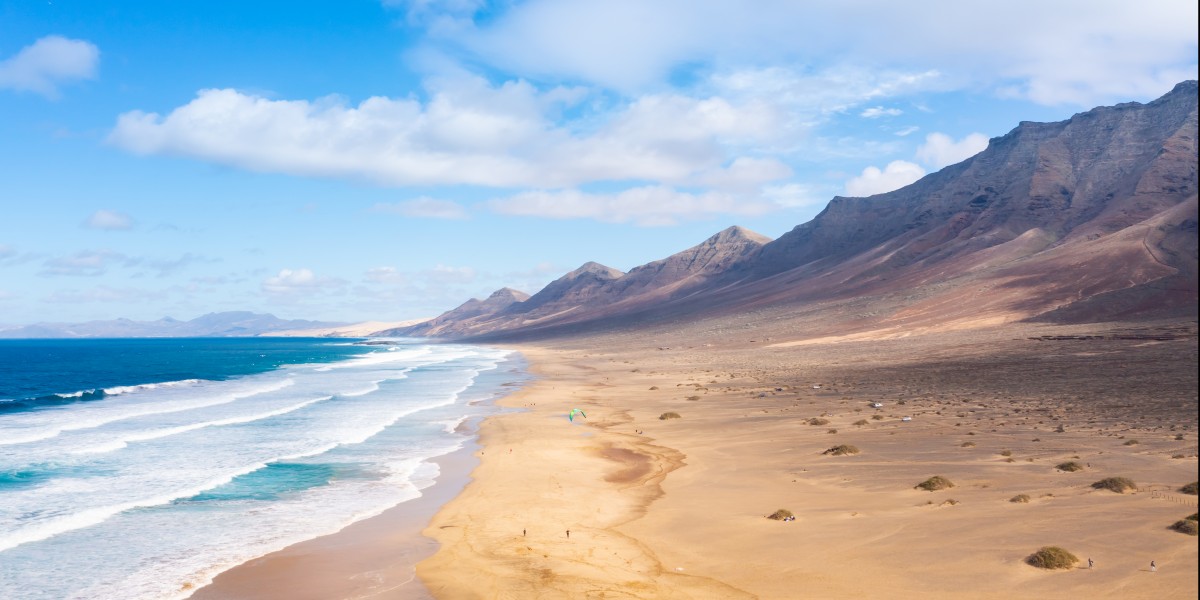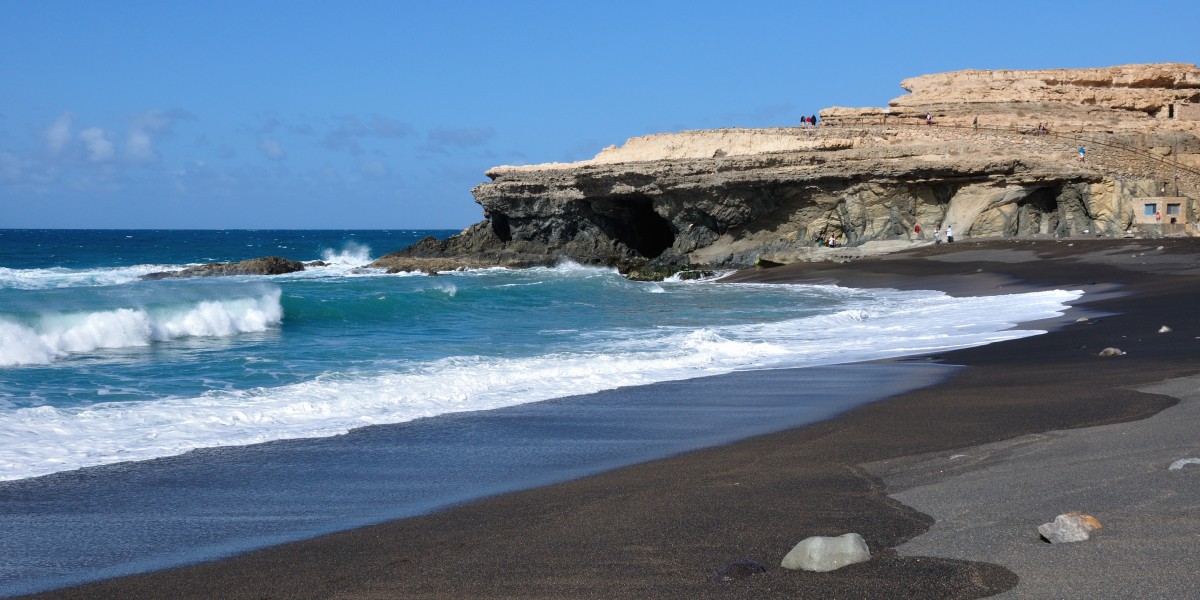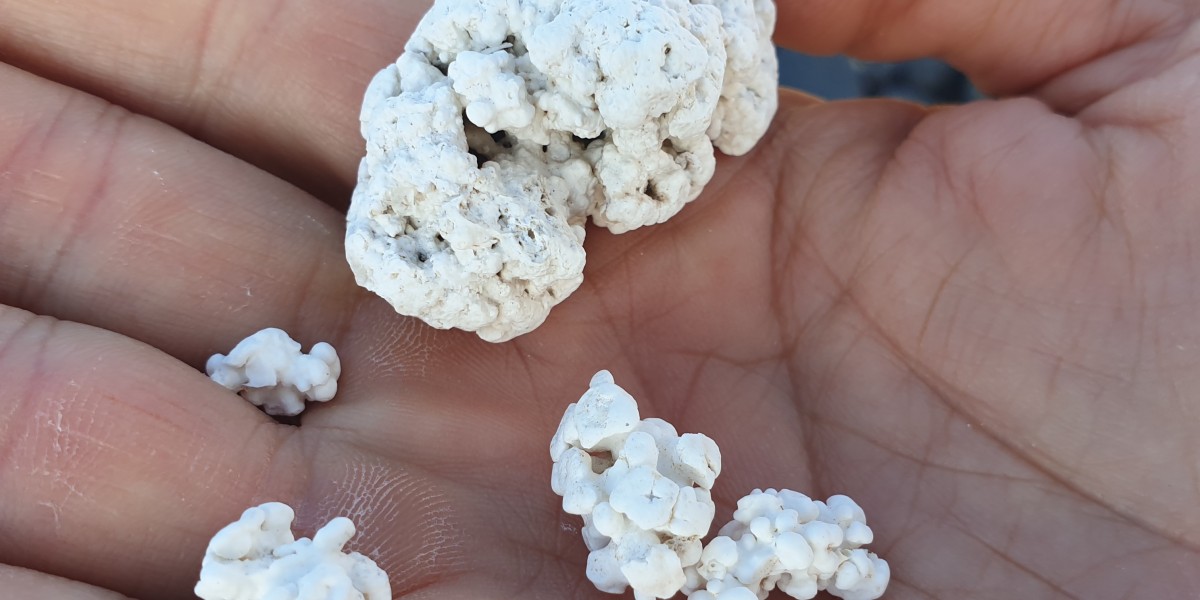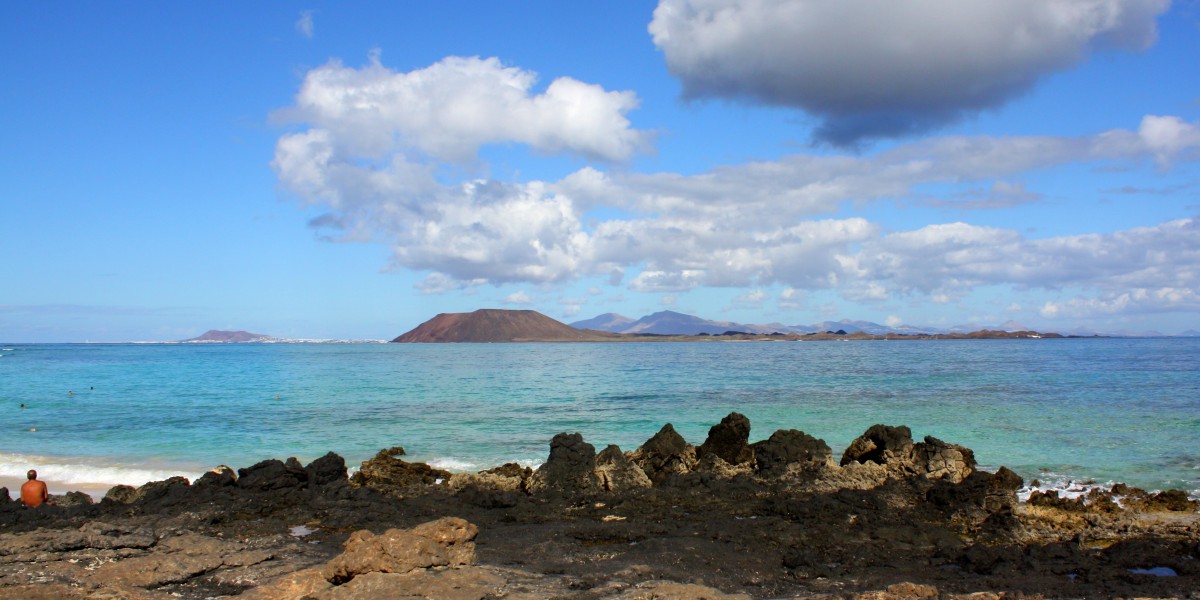
The best beaches in Fuerteventura run over pale Atlantic sands shaped by the trade winds, mixing dune‑backed strands with glassy tidal lagoons. Up north, you’ve got dunes and gentle coves. Down south, it opens into big horizons and the long sweep of Sotavento. There’s a shore for an easy swim, another for a board under steady wind, and a few wild stretches when you fancy quiet and big skies.
The 10 best beaches in Fuerteventura
Living in Fuerteventura means having some of Spain's most dramatic and otherworldly beaches right on your doorstep.

Sotavento Beach, Costa Calma
Named the Spanish Maldives, this beach is a vast ribbon of pale sand, with a tidal lagoon forming behind the sandbar. Schools and rentals cluster by Risco del Paso, and there’s space to find your own patch even in high season.
Best for: kitesurfing, windsurfing and shallow “blue lagoon” paddling at the right tide.
Getting there: just off the FV-2 near Costa Calma. Ample parking by Risco del Paso. Check tide times for lagoon conditions.
Cofete Beach, Jandía

Backed by the Jandía mountains, Cofete is a stirring, empty sweep with heavy Atlantic energy and no services. It was recently recognised as one of the best beaches in the Canary Islands by ChatGPT. Swimming isn’t advised due to strong currents and shorebreak.
Best for: wild scenery, long walks and big‑sky photography.
Getting there: a rough track from Morro Jable; a 4x4 helps, or take the local bus to Cofete village and walk down.
Grandes Playas de Corralejo
Miles of white sand spill from the Parque Natural de las Dunas de Corralejo, with different pockets for sunbathing, kites, and calmer swims under lifeguard flags. Facilities pop up near hotel fronts, but other sections of this Spanish Blue Flag beach feel wonderfully open.
Best for: dune landscapes, easy beach days and a mix of family zones and wind spots.
Getting there: south of Corralejo along the FV‑1a with various lay‑by car parks. Regular buses also run the corridor.
Playa del Matorral, Morro Jable

A broad, golden strand with the lighthouse as its marker, lined by a promenade with showers, sunbeds and plenty of spots for a cold drink. Sections are nudist‑friendly, and lifeguards operate seasonally.
Best for: long promenades, easy facilities and calmer east‑coast waters.
Getting there: walkable from central Morro Jable and Jandía hotel zones.
Esquinzo, Pájara
Set between low cliffs, this south‑east coast stretch often has gentler conditions than the west, with resort‑side amenities up top. Watch the flag system as shorebreak can build on windier days.
Best for: quieter family beach time and soft sand with services nearby.
Getting there: multiple signed accesses off the FV‑2 with parking on the clifftop and steps down.
Ajuy, Pájara

The jet‑black beach and wave‑cut caves give you classic volcanic scenery, with simple seafood spots in the village. It’s a viewing and strolling beach rather than a swimming one, due to the swell.
Best for: black‑sand drama, sea caves and an easy coastal walk.
Getting there: paved road to Ajuy village on the west coast with a car park by the seafront.
La Concha, El Cotillo
A horseshoe bay with clear, usually calm water and fine sand, it’s one of the north’s most reliable swimming spots. Cafés and a low‑key promenade sit just behind the beach.
Best for: family‑friendly swimming, snorkelling and low‑swell days.
Getting there: on the north side of El Cotillo. On‑street parking and short walks from town.
El Mejillón, Majanicho (Popcorn Beach)

The shore is littered with white, popcorn‑like algae fossils. It’s fragile, so leave everything as you find it. Not really for swimming and very exposed to the wind.
Best for: quirky photos and coastal wandering.
Getting there: rough track north of Corralejo towards Majanicho; drive slowly and park considerately.
La Pared, Pájara
A dramatic west‑coast arc with cliffs and consistent swell, popular with Spain's experienced surfers and photographers. No services on the sand, and currents are strong.
Best for: sunsets, surf watchers and big Atlantic energy.
Getting there: easy paved access to La Pared village; car park above the beach with steps down.
Blue lagoon Fuerteventura beaches
Fuerteventura's “blue lagoons” are shallow, turquoise pools that form with the tide behind sandbars and volcanic reefs. They warm up fast and feel sheltered for paddling or gentle snorkelling, but their size and depth change with the tide and wind.
Sotavento forms a broad tidal lagoon behind a long sandbar, and on spring tides it spreads into ankle‑to‑knee‑deep water with vivid turquoise hues. The lagoon is usually at its best from about one to three hours either side of high tide, with especially generous pools around the full and new moon.
Mornings tend to be calmer before the trade winds rise, which suits paddling and beginner board practice, while breezier periods favour wind and kitesports. The dune system is protected, so staying on marked paths helps to preserve the habitat.

El Cotillo Lagoons, La Oliva
North of El Cotillo, a chain of shallow lagoons forms behind volcanic reefs, creating warm, turquoise pockets at mid–high tide. The pools create calm, clear pockets that work well for gentle swims and easy snorkelling.
Families tend to like these spots because the reefs blunt the swell, although reef shoes are helpful on sharp lava ledges where sea urchins live. The pools are reached along signed dirt tracks towards the lighthouse, with limited services, so water and sun protection are sensible to have.
Other blue lagoons to look out for:
Isla de Lobos: a short boat hop from Corralejo, with gin-clear, sheltered pools that feel very lagoon‑like on calm days.
Charco de Bristol: rocky natural pools that fill at mid–to–high tide. Great for calm dips rather than bright‑blue sandbar lagoons.
Aguas Verdes: a chain of volcanic rock pools that are great at low tide, though the colour reads darker than the classic turquoise.
Safety and etiquette at the lagoons
- Lifeguards are uncommon around the lagoons, so paying attention to local flag systems and the changing tide is important.
- Shorebreak can build where a lagoon connects to the open sea, and obvious rip channels are best avoided.
- Leaving no trace keeps these coves as they are, which means not moving rocks, not taking “popcorn” stones from nearby shores, and steering clear of dune vegetation.
Stay inspired for your travels in Spain—get our weekly newsletter for the latest travel guides, cultural news, and lifestyle tips.
